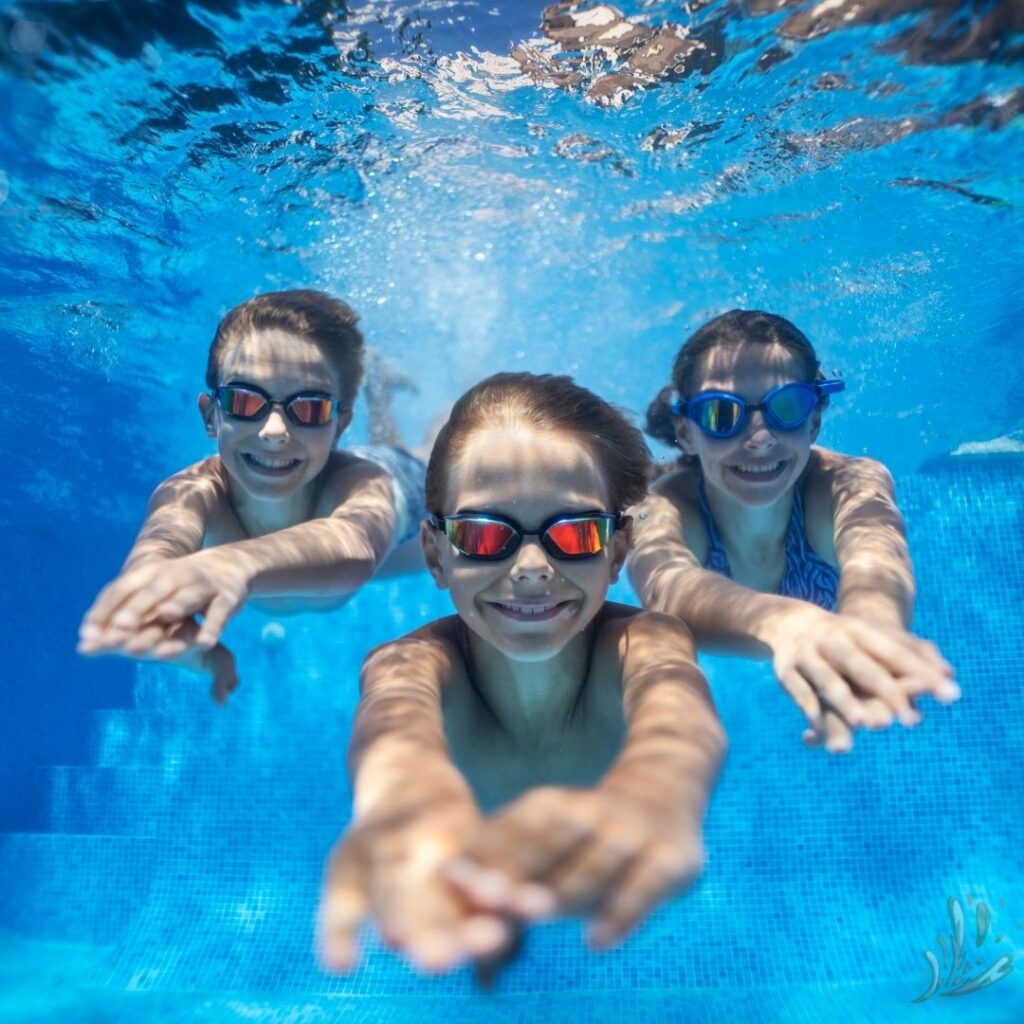Drowning prevention is something every parent in the Dallas-Fort Worth area should take seriously.
In the United States, drowning remains the leading cause of death for children ages 1 to 4, according to the Centers for Disease Control and Prevention. For children ages 5 to 14, it’s the second leading cause of unintentional injury death following motor vehicle crashes.
In 2024, 103 children tragically drowned in Texas, with incidents occurring in pools, lakes, bathtubs, and other bodies of water. This alarming statistic underscores the critical importance of drowning prevention efforts.
But with the right tools and awareness, you can help keep your child safe in and around water.
Here’s everything to know about drowning prevention this summer:
Is drowning 100% preventable?
While not all drownings can be prevented, many are avoidable with proper safety steps. Active adult supervision, pool fencing, swim lessons, and CPR training can dramatically reduce the risk.
Layers of protection are key.
What exactly does that mean? Layers include constant adult supervision, four-sided pool fencing, swim lessons, life jackets, and knowing CPR. Each layer adds security in case one fails. Use multiple barriers—not just one—to reduce risk and respond quickly if something goes wrong. Stay prepared.
Even kids who know how to swim can drown if left unsupervised. Stay alert anytime your child is near water. Drowning prevention starts with being prepared and focused every time water is involved.
Signs to Watch For
Drowning often happens quietly and quickly. Children may slip under the surface without a splash or call for help. Look for signs like head tilted back, mouth at water level, glassy eyes, or flailing arms.
If a child is vertical but not making progress or appears still, act immediately. Knowing what to look for helps you respond faster.
Drowning prevention includes understanding the warning signs that something is wrong.
What are ways to prevent drowning?

Taking small, consistent steps can make a big difference in keeping your family safe around water. Drowning can happen quickly and quietly, but with the right habits in place, you can reduce the risk. Know what to do, stay alert, and never take water safety for granted.
There are many ways to practice drowning prevention. Start here:
- Assign a responsible adult as the designated “Water Watcher.”
- Install four-sided fencing around pools with self-latching gates.
- Enroll children in swim lessons to build strong water skills.
- Learn CPR yourself.
- Empty kiddie pools, buckets, and containers after each use.
- Use U.S. Coast Guard-approved life jackets at lakes or oceans.
- Swim only in designated areas with lifeguards, when possible.
- Keep rescue tools like life rings or reaching poles nearby.
- Set clear water safety rules and talk to kids regularly.
- Avoid distractions like phones when supervising.
Simple steps save lives. Stay watchful, stay safe.
Read: Where to Take Swimming Lessons in DFW
What are the 4 causes of drowning?
Drowning can happen for many reasons. The four most common causes are:
- lack of supervision
- no barriers to water
- poor swimming skills
- unexpected falls into lakes, pools, or other bodies of water
Drowning prevention means thinking ahead and addressing these risks before accidents happen. You can start by always watching children near water, installing proper fencing, enrolling kids in swim lessons early, and keeping rescue gear close.
Don’t wait for a tragedy—take action now to create a safe environment around all types of water!
Drowning prevention means thinking ahead and addressing these risks before accidents happen.
What are the ABCS of drowning prevention?

The ABCs of drowning prevention is a helpful guide for parents.
- A stands for Adult Supervision. Always watch kids around water.
- B is for Barriers. Fences and locked gates help prevent access.
- C stands for Classes. Swim lessons and CPR training make a big difference.
- S is for Safety Equipment like life jackets and reaching tools.
Following the ABCS builds strong water safety habits.
Drowning prevention should be part of your everyday routine if your kids are ever around water. With a few simple steps and constant awareness, you can help protect your family from one of the most preventable dangers in childhood.
Follow Up
What steps do you take to protect your child in and around water?
Join the discussion in the comments below!
